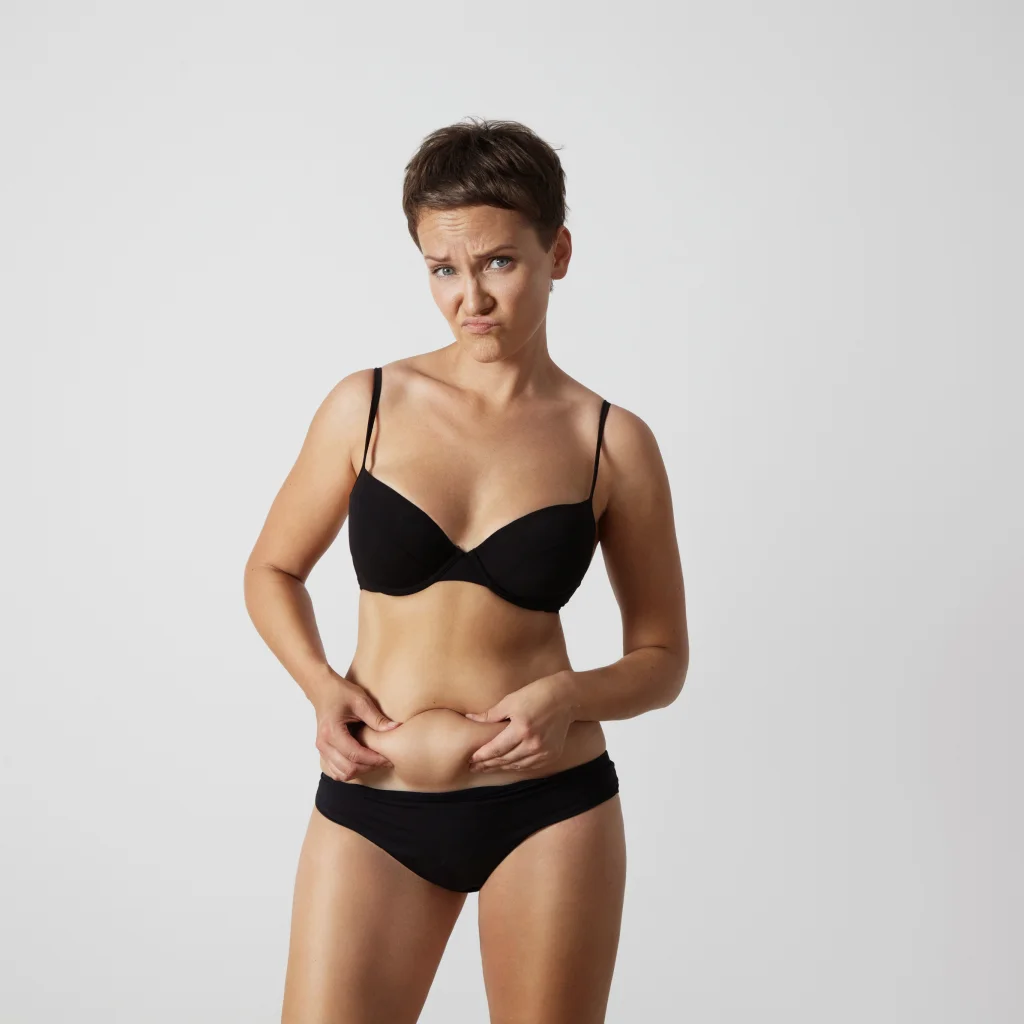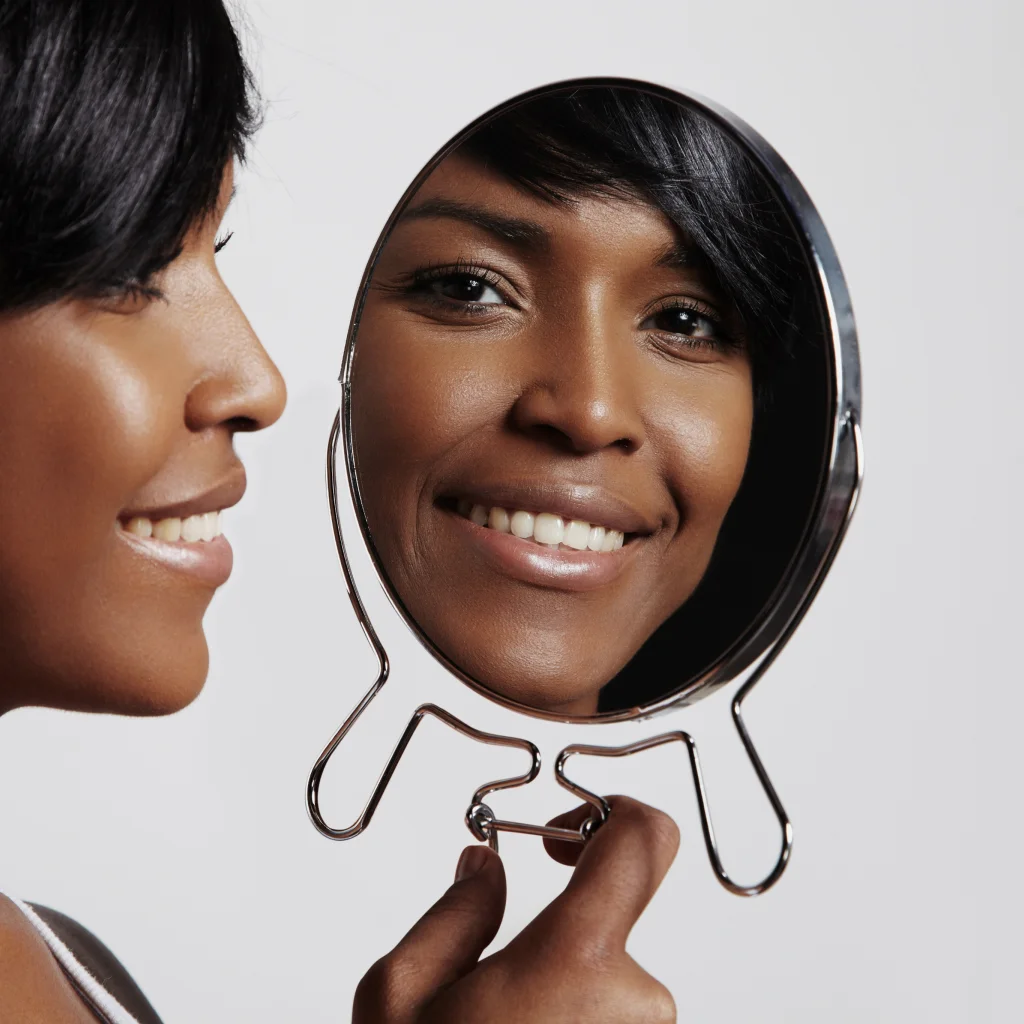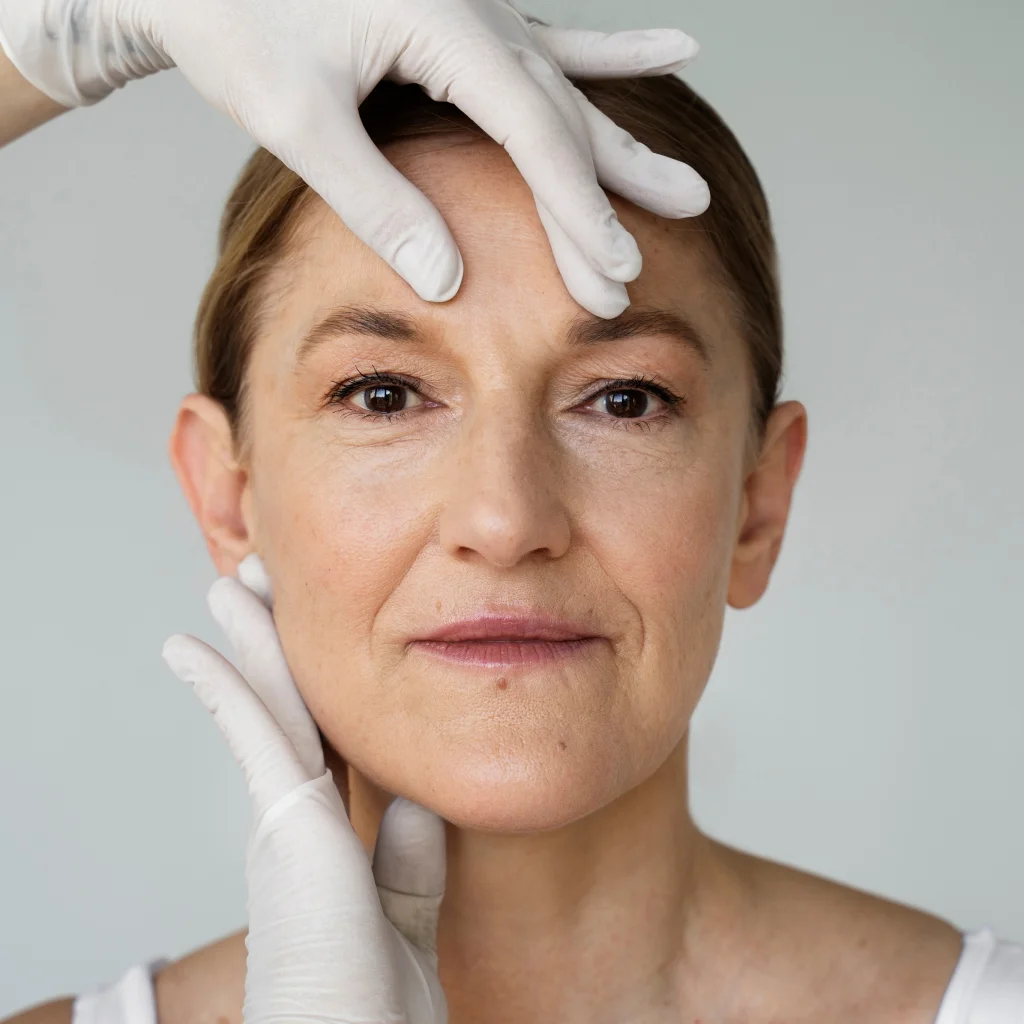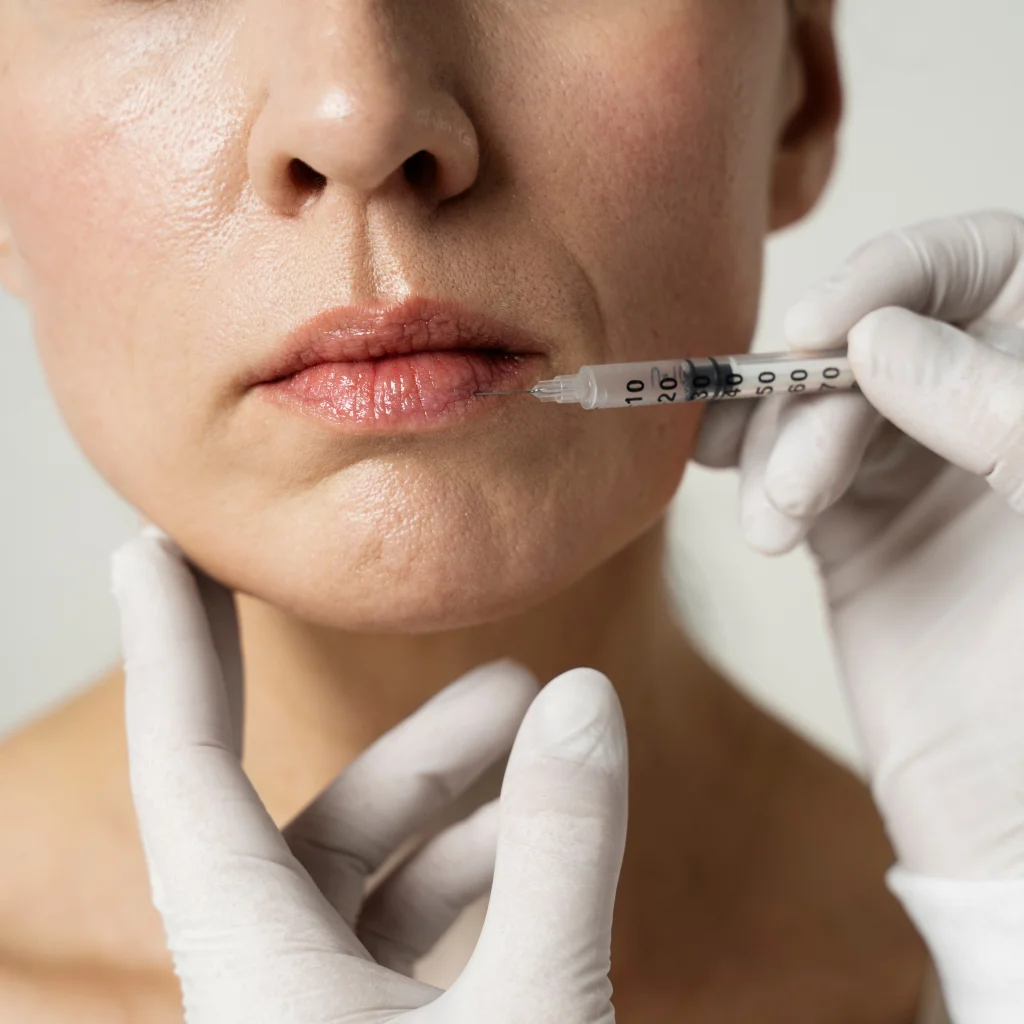Acne scar treatment can help your skin look better. But it’s important to know what to do first. I know acne is already hard to deal with, and the marks they leave behind can be even more upsetting. It is normal to feel down when those spots stay on your face long after the acne …
Acne scar treatment can help your skin look better. But it’s important to know what to do first. I know acne is already hard to deal with, and the marks they leave behind can be even more upsetting. It is normal to feel down when those spots stay on your face long after the acne is gone.
The good news is that there are simple treatments that can make a big difference. You don’t need to try everything at once. Just start with a plan that suits your skin.

But before you treat scars, ensure your acne is under control. That part comes first. If new pimples keep showing up, it is harder to improve your skin.
So, you must begin to learn your acne scars type. In this blog, I will explain it with the best treatment for you.
Let’s begin the discussion with the kind of acne scars type.
What Kind of Acne Scars Do You Have?
Everything starts with knowing exactly what you are dealing with. Acne scars come in different forms and each one responds best to specific kinds of acne scar treatment.

Let’s see the types of acne scars:
Indented Scars
Indented scars are the most common type on the face. These form when your skin loses collagen as a breakout heals.
- Boxcar scars tend to look like small craters with defined edges.
- Ice pick scars are narrow and deep, like tiny holes in the skin.
- Rolling scars have a soft, wave-like appearance and are more shallow.
These indentations can challenge self-esteem, but they also have some of the most effective treatment options available.
Raised Scars
Raised scars, also called hypertrophic scars, are less common on the face but can appear on areas like the chest or shoulders. They form when there is too much collagen produced during healing, creating firm bumps above the skin.
Dark Spots
Those red, brown, or purple patches left behind after a pimple are actually post-inflammatory hyperpigmentation, not true scars. These discolorations tend to fade naturally, especially with consistent sunscreen use and a good skincare routine.
Easy Acne Scar Treatment You Can Try at Home
Let’s begin with the homemade product. If your scars are mild or newer, starting with at-home solutions is a smart move. The right over-the-counter products can offer noticeable results with regular use.
Gentle Exfoliation With Acids
Alpha hydroxy acids and lactic acid help by softly lifting away dead skin cells. They brighten dull patches and smooth out light indentations. Lactic acid also helps even out skin tone, which makes scars appear less visible over time.
Retinoids for Skin Renewal
Retinoids speed up cellular turnover and promote collagen production. With consistent use, they help lessen the appearance of indented scars and fade discoloration. Start with a mild option and build up frequency for best comfort.
Salicylic Acid to Clear Pores
Salicylic acid does double duty. It keeps pores clear and reduces inflammation while gently refining skin texture. If you are still experiencing occasional breakouts, this ingredient helps treat them while also targeting scars.
Never Skip Sun Protection
One of the best parts of an acne scar treatment routine is a reliable sunscreen. Without sun protection, scars tend to become darker and slower to fade. A daily broad-spectrum SPF 30 or higher helps your skin look its best and supports all your other treatments.
In-Office Acne Scar Treatment That Delivers Results
Office? I know it sounds weird! But, here in-office means treatment from skin specialists.
For deeper or older acne scars, it is time to work with a skin specialist. In-office treatments are stronger and often produce faster, more dramatic changes.

Let’s see the acne scar treatment that delivers results:
Microneedling to Stimulate Collagen
Microneedling uses tiny needles to create microchannels in the skin. This technique triggers collagen production, which gradually fills in indented scars. It works on all skin tones and is especially effective for boxcar and rolling scars.
Chemical Peels for Deeper Renewal
Peels use special solutions to remove layers of skin, making way for smoother, fresher layers underneath. Light peels can help fade discoloration and improve texture. Deeper peels require a professional but offer more powerful results.
Laser Resurfacing for Smoother Skin
Laser therapies treat scars either by removing damaged surface skin or by stimulating collagen from below through laser resurfacing. These are some of the most effective acne scar treatment options available.
Because different lasers suit different skin tones and scar types, it is important to work with a provider who knows your skin well.
Fillers for Immediate Results
Injectable fillers help lift depressed scars and even out your skin surface right away. Common options are hyaluronic acid or collagen. Results are visible immediately and usually last several months.
Dermabrasion for Surface Smoothing
Dermabrasion is a more aggressive form of exfoliation that removes outer skin layers. It works well for certain types of scars on lighter skin. It requires downtime but can offer impressive results.
The Right Acne Scar Treatment for Your Skin
Choosing the right treatment depends on the kind of scars you have.
- Boxcar scars often respond best to microneedling, fillers or peels.
- Ice pick scars may need targeted approaches like punch excision or a technique called TCA CROSS.

- Rolling scars typically improve with subcision, a method that releases scar tissue beneath the skin and is often paired with microneedling or fillers.
- Raised scars can be reduced with steroid injections, silicone sheets, or specific laser treatments.
Considering Darker Skin Tones
Skin with more pigment needs extra care. Strong peels or aggressive lasers can sometimes cause dark spots or uneven tones if not done properly.
Many skin professionals recommend using a gentle lightening product before more aggressive treatments to prepare the skin.
Safer and effective options for darker skin tones include microneedling, gentle peels, and carefully chosen injectable treatments. Working with a knowledgeable provider ensures you see improvements without unexpected results.
Why Professional Guidance Matters?
Even mild scars can benefit from expert care. Dermatologists and licensed professionals bring experience that helps avoid missteps and ensures you get the best possible results.
They customize an acne scar treatment plan to your skin type, scar patterns, and goals. Often the most effective results come from combining treatments.

For example you might alternate microneedling and peel sessions or use fillers in problem areas while using retinoids at home. With a clear plan and regular check-ins, progress feels more achievable and confidence grows with each step.
What Is the Best Acne Scar Treatment?
There isn’t a single solution that fits everyone. The best acne scar treatment for you depends on your skin, scars, and how quickly you want to see changes.
If your scars are mild a consistent skincare routine with retinoids and exfoliating acids can do wonders.
For deeper or more stubborn scars professional treatments can deliver life changing results. The most important thing is that you have real options. Your skin can improve. You do not have to feel stuck.
Wrapping Up
If you are ready to leave those scars behind, it is worth scheduling a consultation with a skin expert. They can help you choose the right option if you start gently with at-home therapies or go straight into specialist treatments.
With the right acne scar treatment plan you are on your way to smoother, more even skin. It may take time but each step brings real change. You deserve skin that reflects how you feel inside. You deserve confidence every time you look in the mirror.
If you are looking for the best acne scar treatment, contact The Artisan Beauty Clinic today to get the best service.







